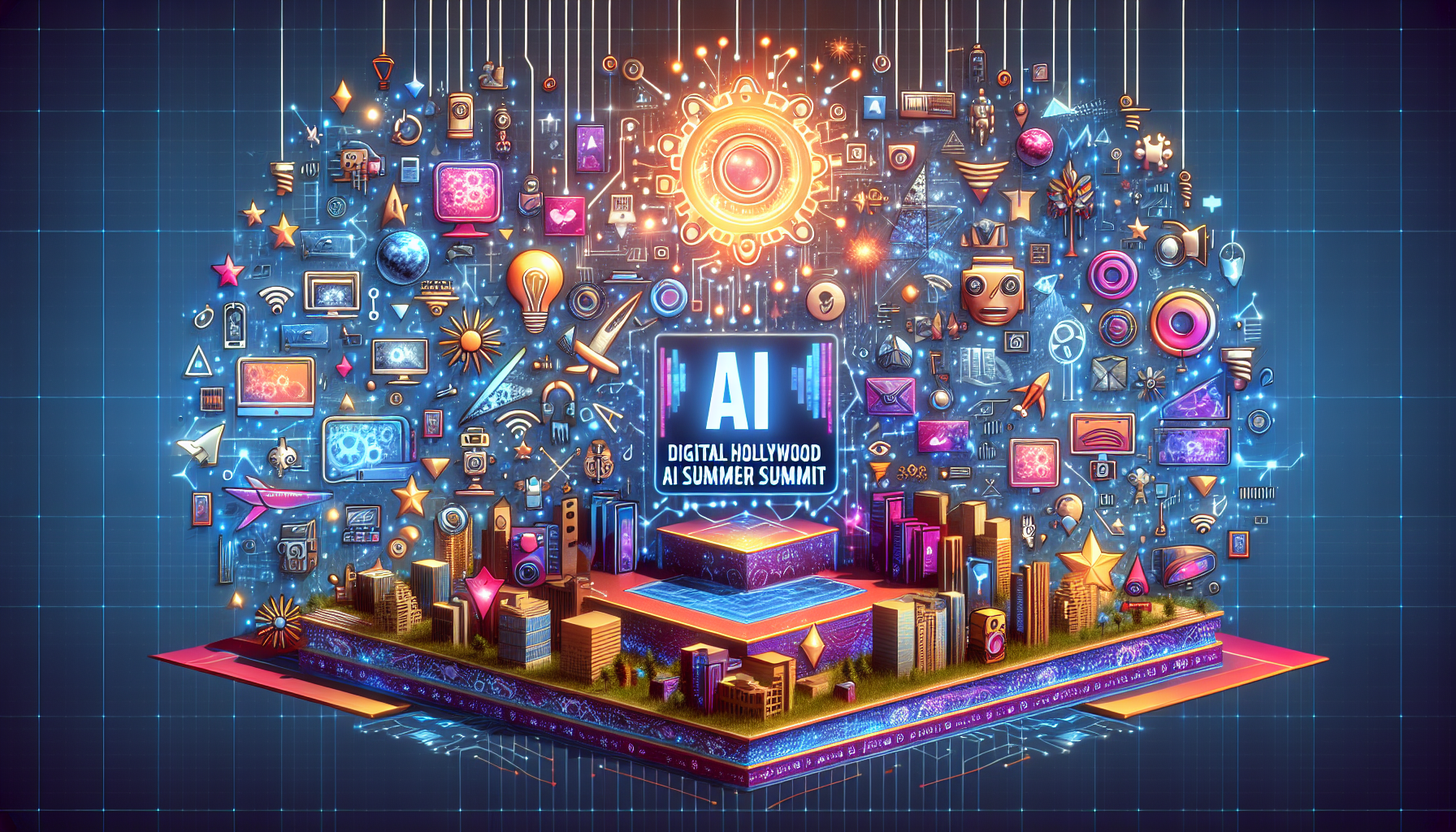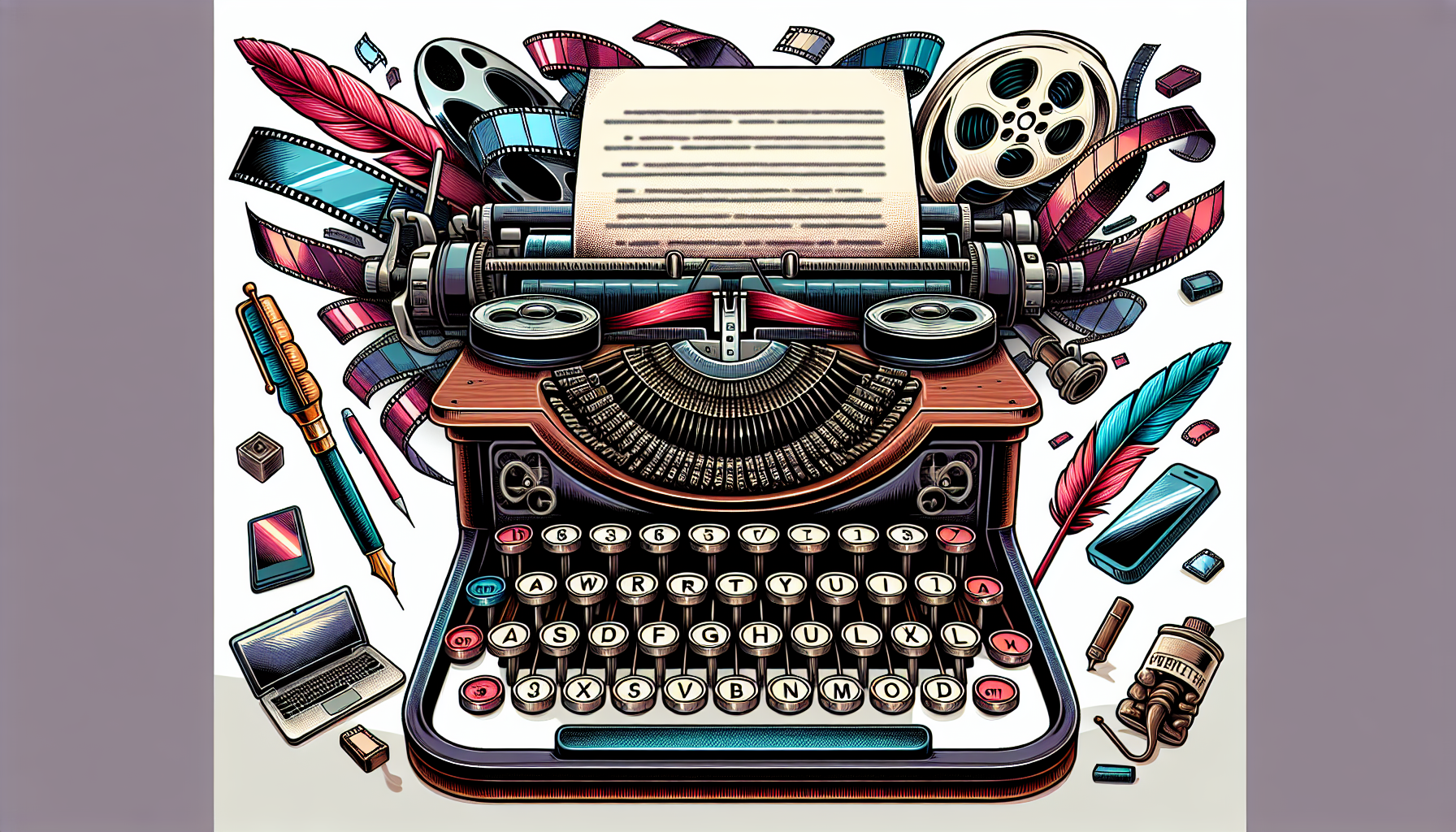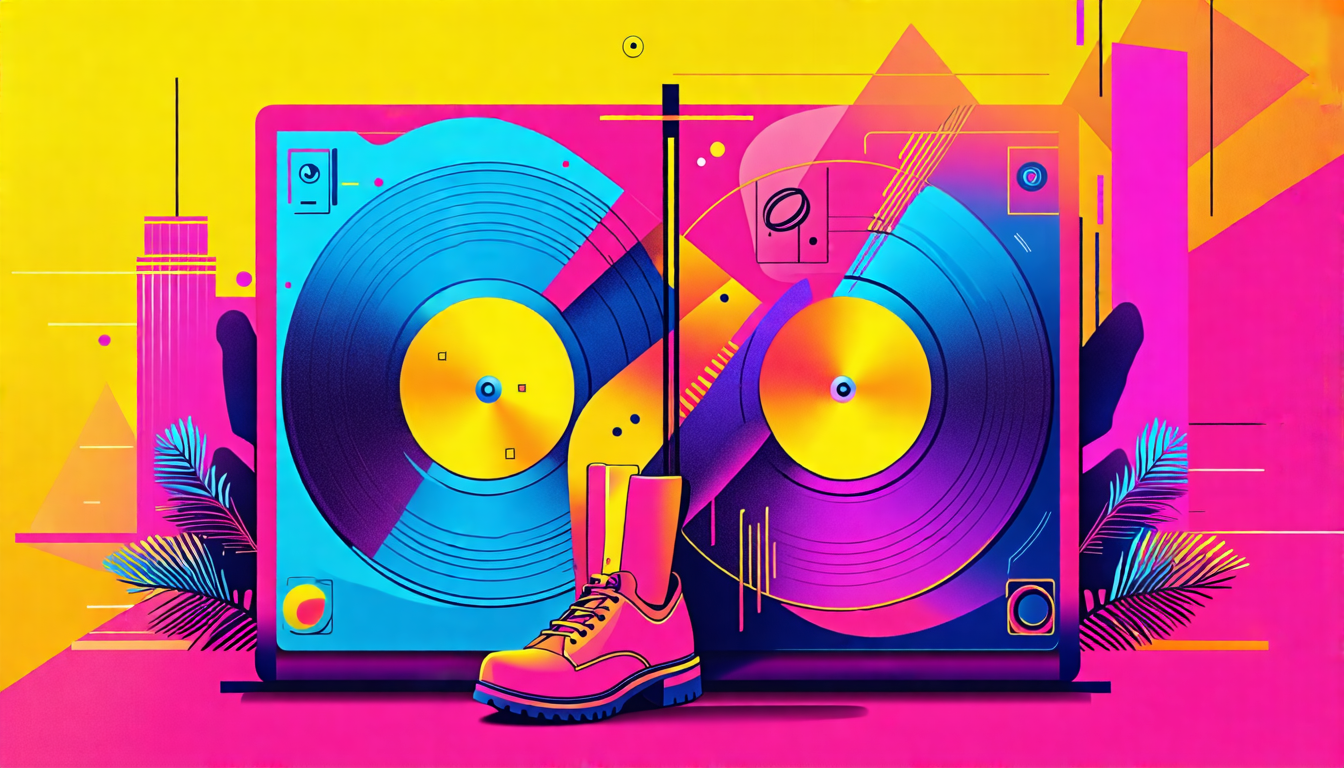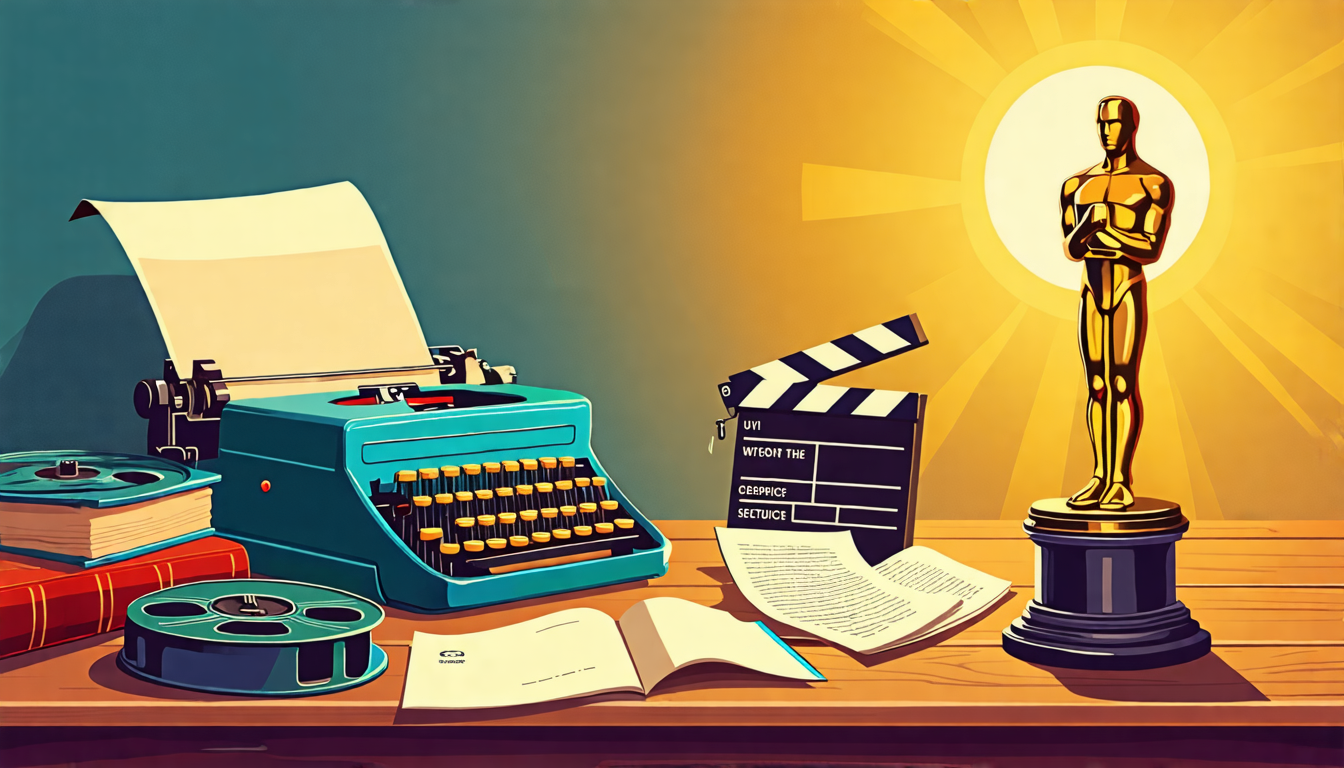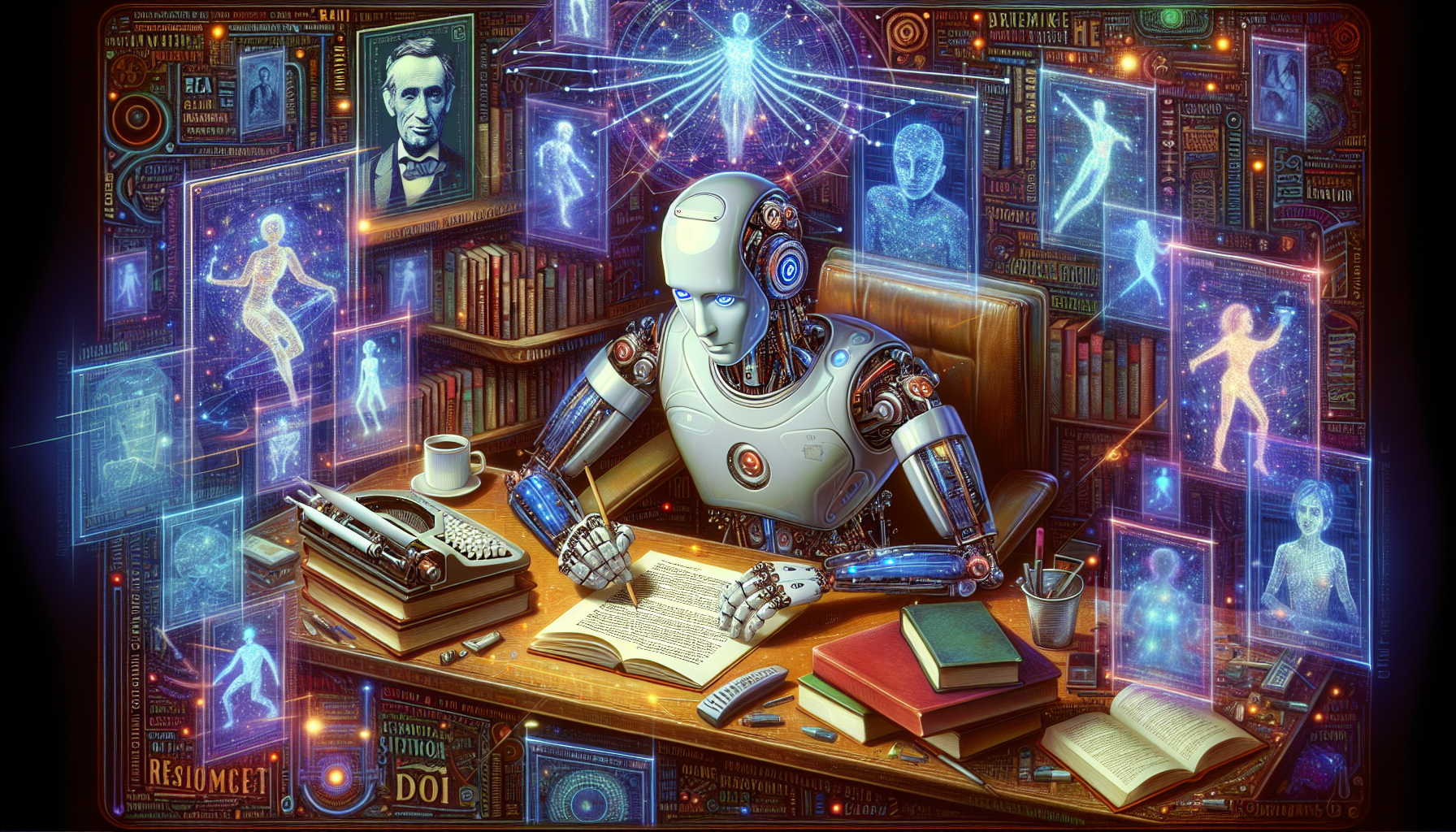
Roll Out the Red Carpet for AI: The New Star in Storytelling
Ah, storytelling—a noble art as old as language itself, continually evolving from cave walls to the glow of your nearest tablet. Just when we thought we had it all figured out, enter stage right: artificial intelligence (AI). Bringing more than just ones and zeroes to the plot, AI in character development is whipping up quite the narrative storm. Let’s delve into how AI is reimagining character arcs and setting the stage for stories that resonate.
Characters That Think? Oh, It’s Possible!
Imagine crafting a character that breathes digital air. AI in storytelling isn’t just about generating text; it’s about creating personalities that learn and evolve. Through the magic of machine learning models, storytellers can now develop characters that adapt over time, responding to story events with increasing depth and realism. They might start as mere outlines but, like a fine wine or a stinky cheese, they improve with age—or, in this case, data.
The Secrets Inside Character Minds
What really makes our fictional friends tick? Traditional character development involves scribbled notes and possibly talking to oneself. AI takes this process and turns the dial up to eleven. By feeding the AI system a character’s traits, morals, and backstory, you can simulate how they would realistically react in various scenarios, thus ensuring consistency and believability. Your characters no longer just do things because the plot demands it—they do things because that’s who they are.
Peekaboo! AI Sees You!
Interactivity is another frontier where AI-led character development is making big waves. In video games, for example, characters can now recognize player habits and adapt in real-time. Talk to a character every day about the woes of wizardry? Don’t be surprised if they start reading up on spells to keep the chat lively. This dynamic interaction adds a layer of depth to storytelling that traditional static characters could never hope to achieve.
From Stereotypes to Archetypes to Whoa-types
One-size-fits-all characters? Boring! AI’s ability to analyze vast amounts of data—from classic literature to modern-day box office smashes—allows it to identify and transcend cliché character molds. With AI, the evolution from overdone stereotypes to complex, nuanced figures is not just plausible; it’s practically a promise. Brace yourself for characters that break the mold and dash your predictions—making narratives shockingly unpredictable and deliciously compelling.
Mass Producing Masterpieces? Not So Fast!
With all these accolades, you might think storytellers can just sit back, sip some dramatically expensive coffee, and let AI do all the dirty work. Not quite, dear reader. AI is a tool, albeit a fancy one. It still requires a human touch to steer the story and ensure that the characters don’t run amok or, worse, fall flat. Think of AI as a high-powered engine in a beautiful car—the driver needs to know where they’re going, or they’ll just end up driving in very fast circles.
Are We Ready for Our Close-Up?
Embracing AI in storytelling, especially in character development, is like adding a sprinkle of fairy dust to your narrative concoction. It’s about enhancing creativity, pushing boundaries, and crafting stories that are as intriguing as they are relatable. As AI continues to mature, its integration into creative processes promises to unveil characters and worlds we’ve yet to dream of.
So, grab your metaphorical popcorn and 3D glasses! The future of storytelling is here, driven by AI, and it’s anything but predictable. Fasten your seatbelts—it’s going to be a wildly imaginative ride!

